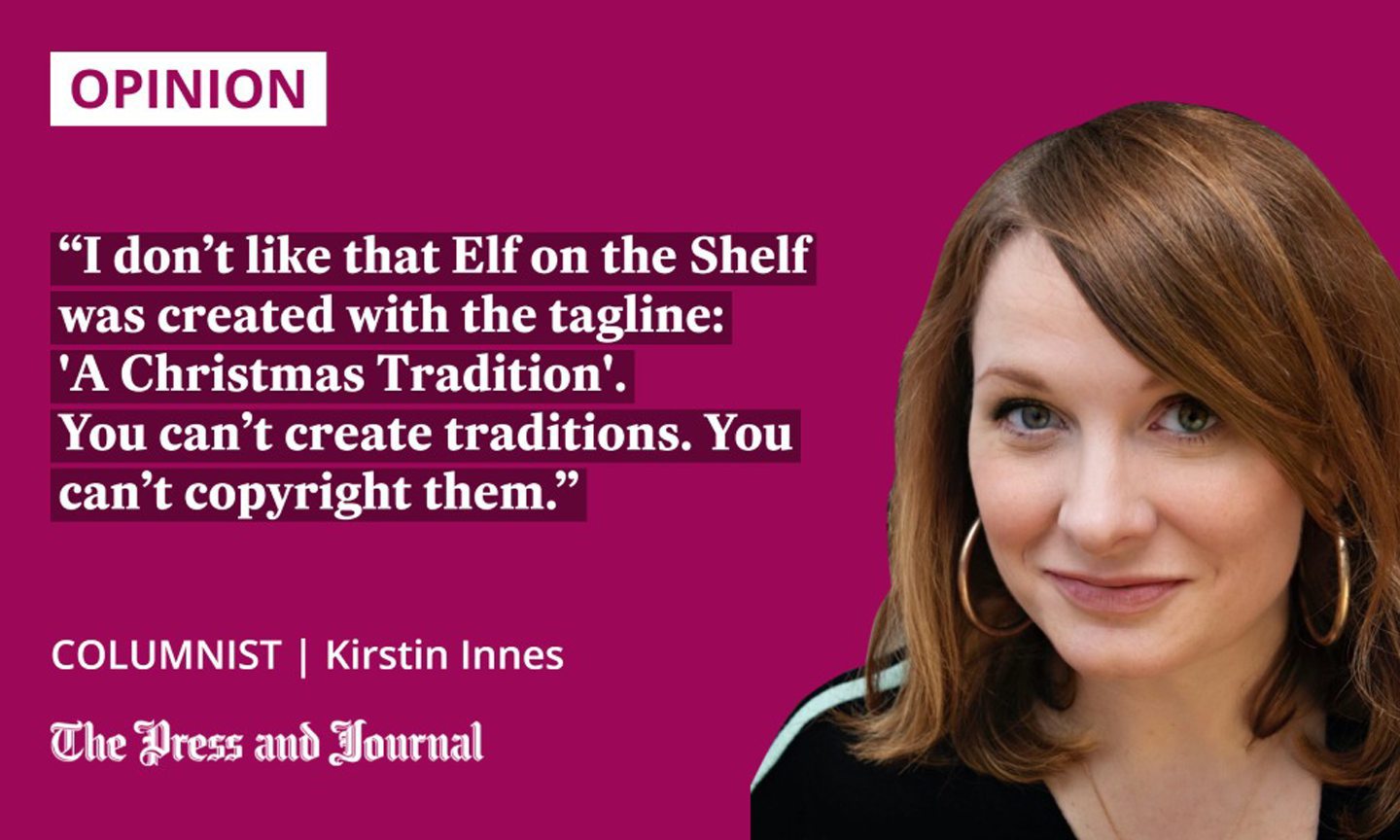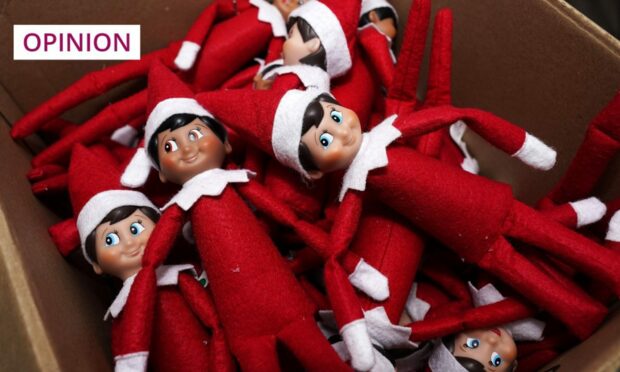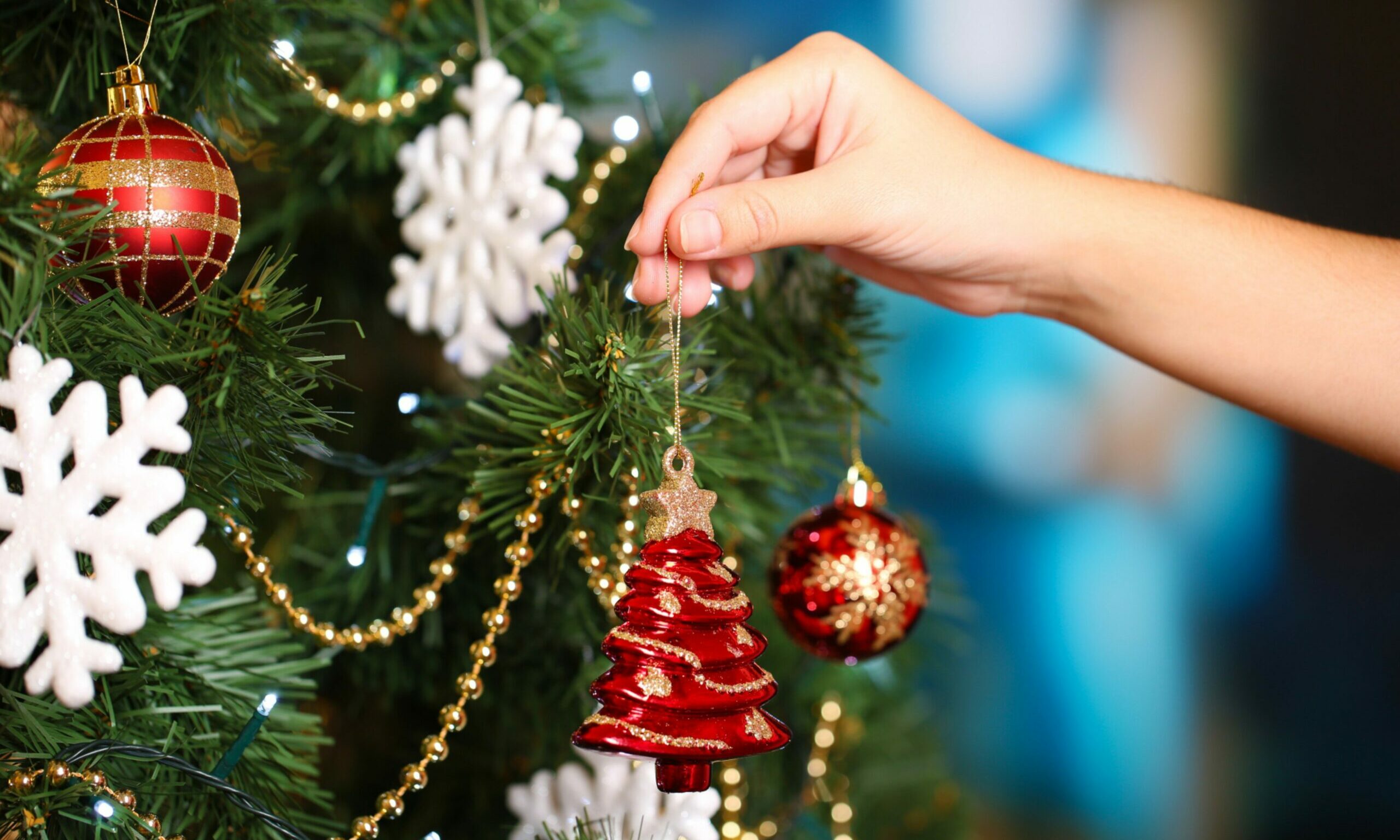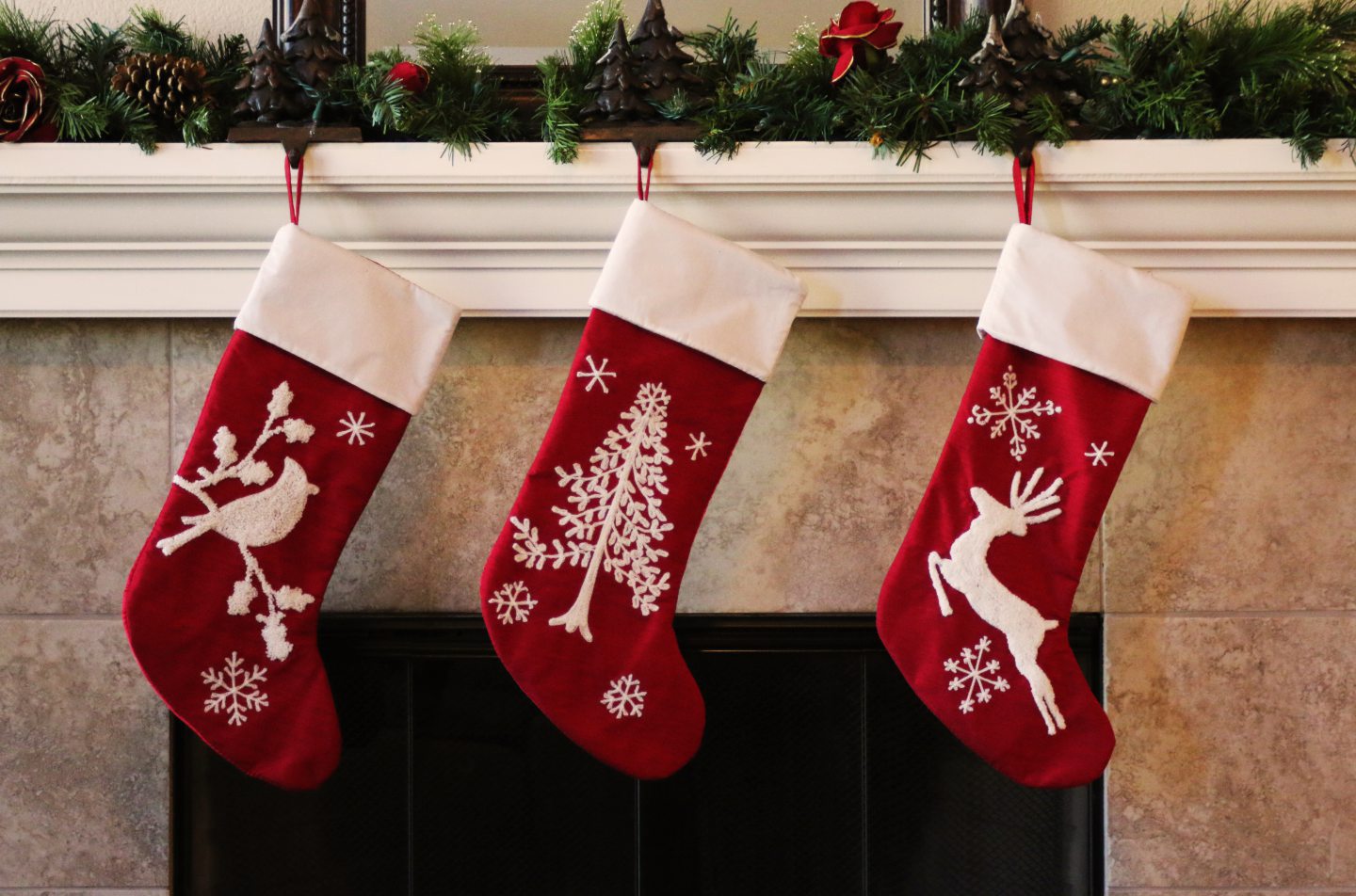That pesky Elf on the Shelf has a lot to answer for when it comes to the expectations of children at Christmas time, writes Kirstin Innes.
“But, Mummy, WHY can’t we have an Elf on the Shelf?”
Look, I am as committed to making Christmas magical for my children as every other harassed, millennial mother who spends too much time on Instagram.
Perhaps it’s just the age my kids are at now, perhaps it’s a reaction to a few years of Covid, lockdown and grimness, but there’s a certain desperation in the way I’m grabbing at festive stuff with little regard for my overdraft this year, and I’ve seen more than one pal posting that the stress of the “magic” is overwhelming them.
(There’s a separate conversation to be had about why the mental load of Christmas still falls mostly on mothers, with all the grace of a tinsel-wreathed ACME-brand anvil crushing Wile E Coyote, but I don’t have the headspace to get into it right now.)

We have managed one visit to a Santa, who hoicked my kids up on his knee before I could remember the thing we’re supposed to tell them about consent, and who didn’t seem to make much of an impression on either of them.
We can’t afford ice skating, but we have advent calendars and Santa bath bombs, too, and we all got together to decorate the tree. Though I am running out of money fast, I am TRYING.
But Elf on the Shelf is my red line.
A sinisterly capitalist Christmas ‘tradition’
For the uninitiated – as I was, until my eldest’s final year of nursery – it’s a genius piece of viral marketing, created in 2005 by an American mom and daughter, whose company is currently valued at $85 million.
The elf itself is a heavily copyrighted, cheap, plastic toy, with a face that serves shades of evil ventriloquist’s dummy, which you “adopt” and put in a prominent position in your household, so it can report back to Santa on your child’s every move.
Every morning, the elf will have been up to something around the house, so adults have to spend the evening creating increasingly elaborate scenarios for every day of advent.
I think one of the best decisions my husband and I ever made as parents was never to get involved with Elf on the Shelf.
— Louise McSharry (@louisemcsharry) December 12, 2022
A detail I find particularly chilling is that, unlike other toys, children are not allowed to touch the elves. That ruins their magic, you see, and definitely has nothing to do with the fact that they are so cheaply produced, they wouldn’t withstand an hour of play with your average four-year-old.
We don’t have an elf, because I don’t trust it. I don’t like its corporate, plasticky wee smirk. Admit it, you’ve seen something like that in a horror movie. I don’t like that, as Santa’s surveillance agent, it basically normalises non-consensual privacy invasion to children.
I also don’t like that it was created with the tagline: “A Christmas Tradition”. You can’t create traditions. You can’t copyright them.
My real problem is that it’s too visibly, sinisterly capitalist to allow me to convince myself that spending money and time on it would be part of the magic.
The power of peer pressure
I didn’t bank on the power of peer pressure, though. At four and five, my eldest son mostly accepted my line that “we just don’t do the Elf on the Shelf here”. In fact, last year, he came home traumatised by an account of a boy in his class, whose elf was found sitting with a knife covered in dog hairs in a puddle of ketchup one morning (after his teenage brothers were left in charge of the elf), and we heard no more.
This year, however, it was a constant whinge, every day – everyone else has one, everyone else has one – leading me to finally snap: “I JUST DON’T LIKE ITS FACE, OK?”
So, he took matters into his own hands, and came home delightedly last week with an old Pritt Stick tube, foraged from the primary two junk box, to which he had glued hands and a slightly malevolent face, drawn on lined jotter paper.
After showing it happily to everyone he passed, he placed it carefully on the shelf by the Christmas tree. His dad and I smiled and thought that was that.
A bit of gentle probing revealed that he wasn’t expecting us to have moved it; he genuinely believed it would have done something by itself in the night
The next morning, he told us excitedly that the homemade elf had eaten one of his Christmas chocolates in the night, because he was sure he left four and now there were three. We assumed he was coming up with a creative excuse.
But, the next day, the Pritt Stick tube was still there on the shelf, and nothing had changed. My son was confused and sad. A bit of gentle probing revealed that he wasn’t expecting us to have moved it; he genuinely believed it would have done something by itself in the night.
So, now, I have a reminder set on my phone to move the Pritt Stick tube about before I go to sleep – he was chuffed that it shifted to sit in front of the telly.
But, I’m also conscious that my kid lost a wee bit of belief in some sort of magic last week. I’m pretty sure he knows it’s me. An additional responsibility, tinged with guilt and sadness; what could be more Christmassy than that?
Kirstin Innes is the author of the novels Scabby Queen and Fishnet, and co-author of non-fiction book Brickwork: A Biography of the Arches












